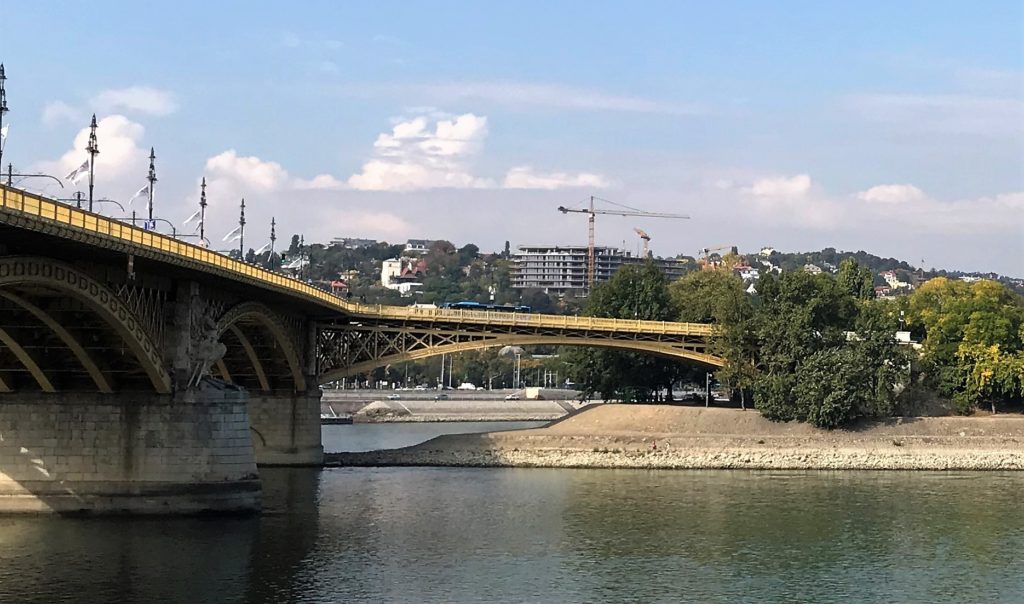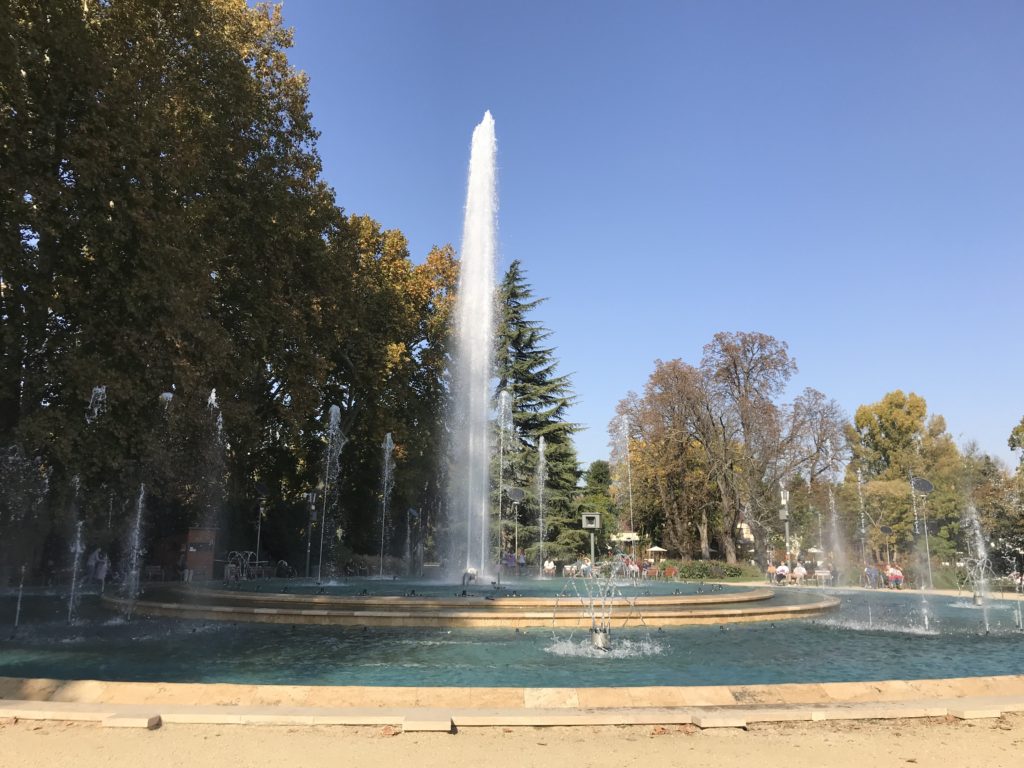Wishing you all a Very Happy New Year from the top of the Buda Castle district!
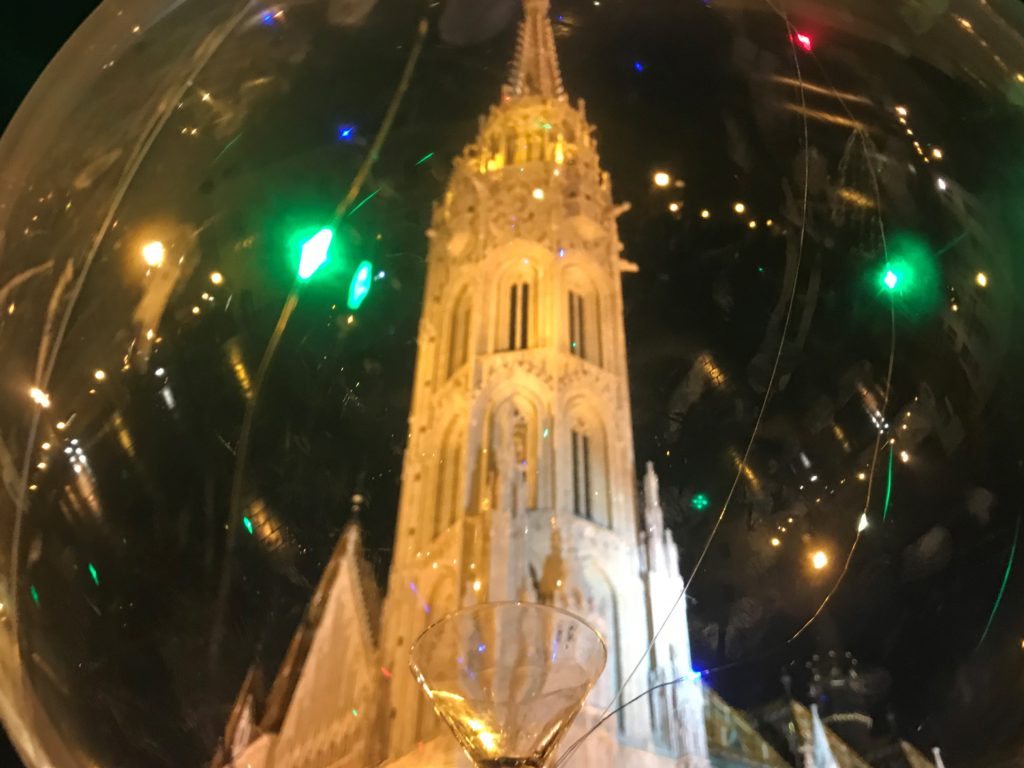
Wishing you all a Very Happy New Year from the top of the Buda Castle district!

Wishing you all a very Merry Christmas, Happy Holidays from beautiful Budapest!
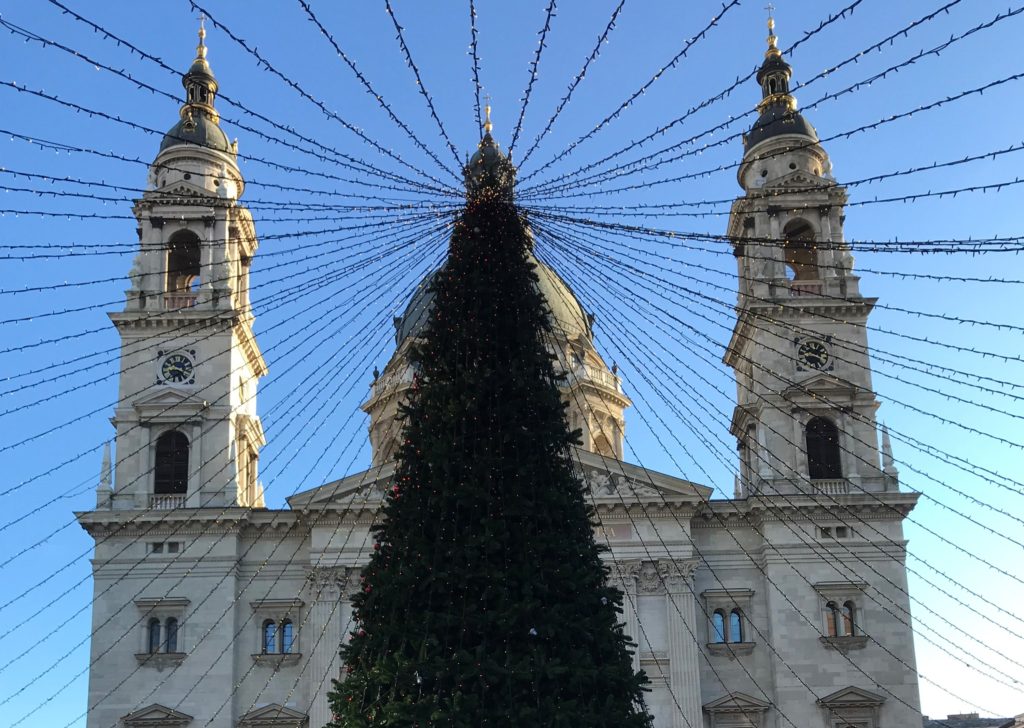
Take a look at how Budapest looks like now, all white and snowy. It’s such a special period of the year, as unfortunately we’re getting less and less snow every year. Come and see for yourself!
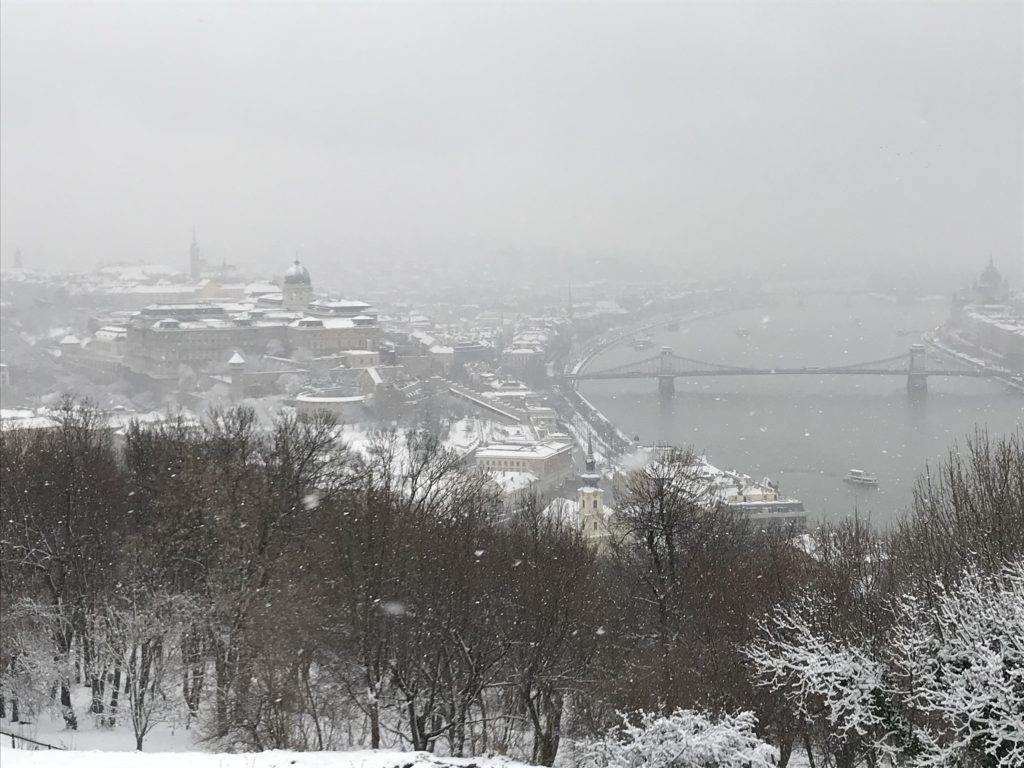
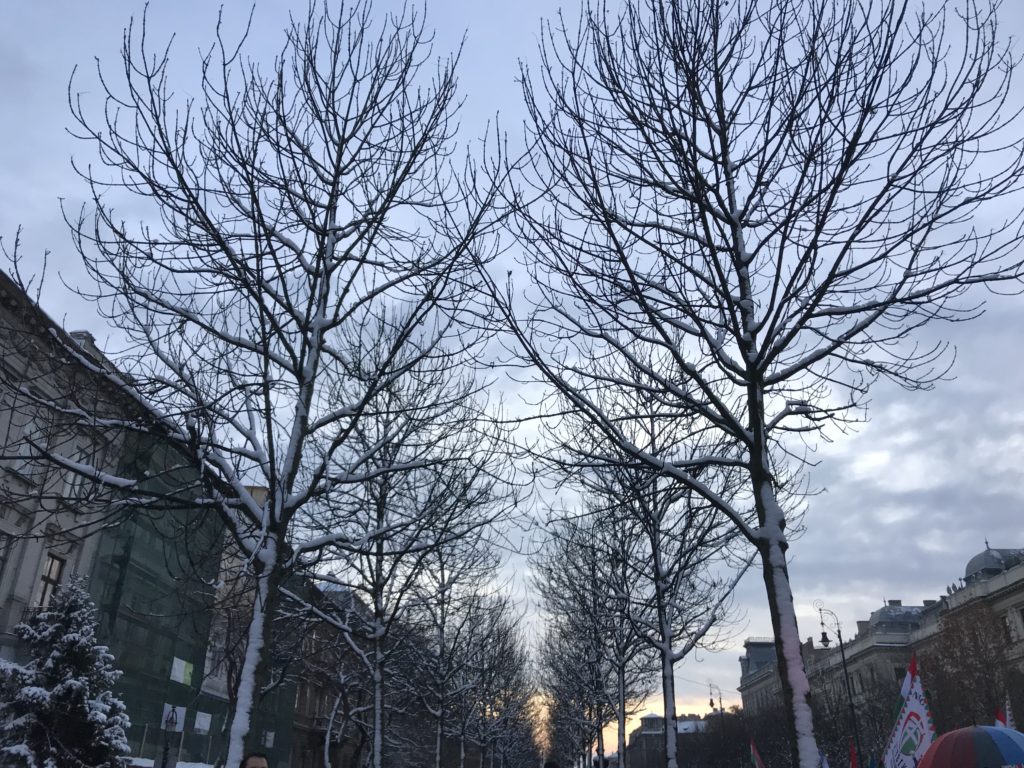

https://www.europeanbestdestinations.com/christmas-markets/
Every year hundreds of thousands of travellers vote for the best European Christmas Markets. This year my favorite Christmas Market in Budapest was voted the second best, that’s the one in front of St. Stephen’s Basilica. It’s easy to understand why this particular market got so many votes, it is all about food and drinks, local handicraft products and the videomapping show over the main facade of St. Stephen’s Basilica is magnificent.
Don’t forget to try local hot wine and chimney cake (kürtöskalács), the most delicious treat at our markets.
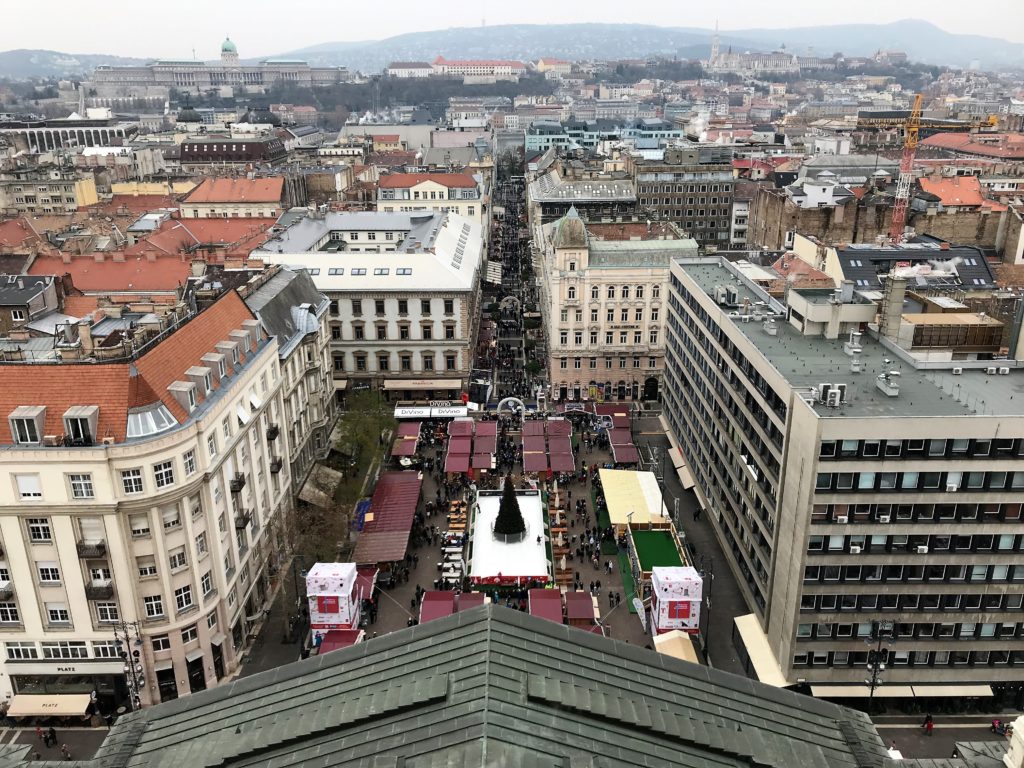
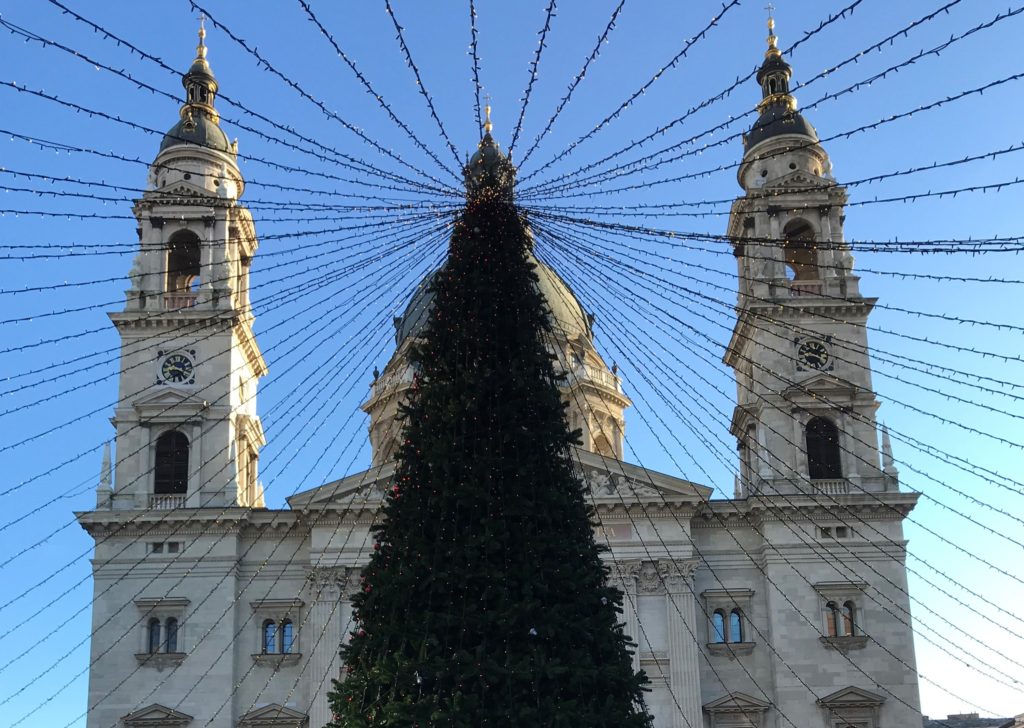
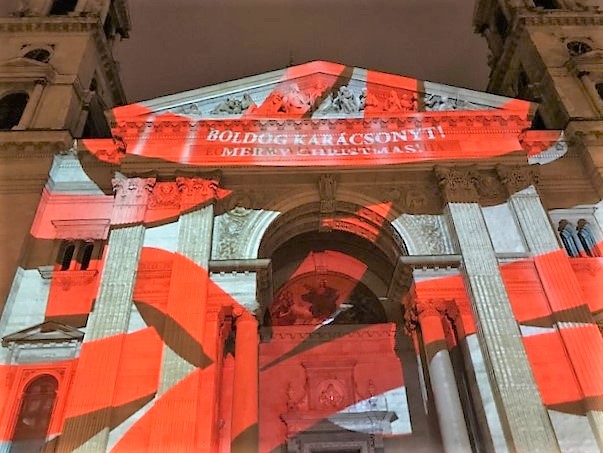
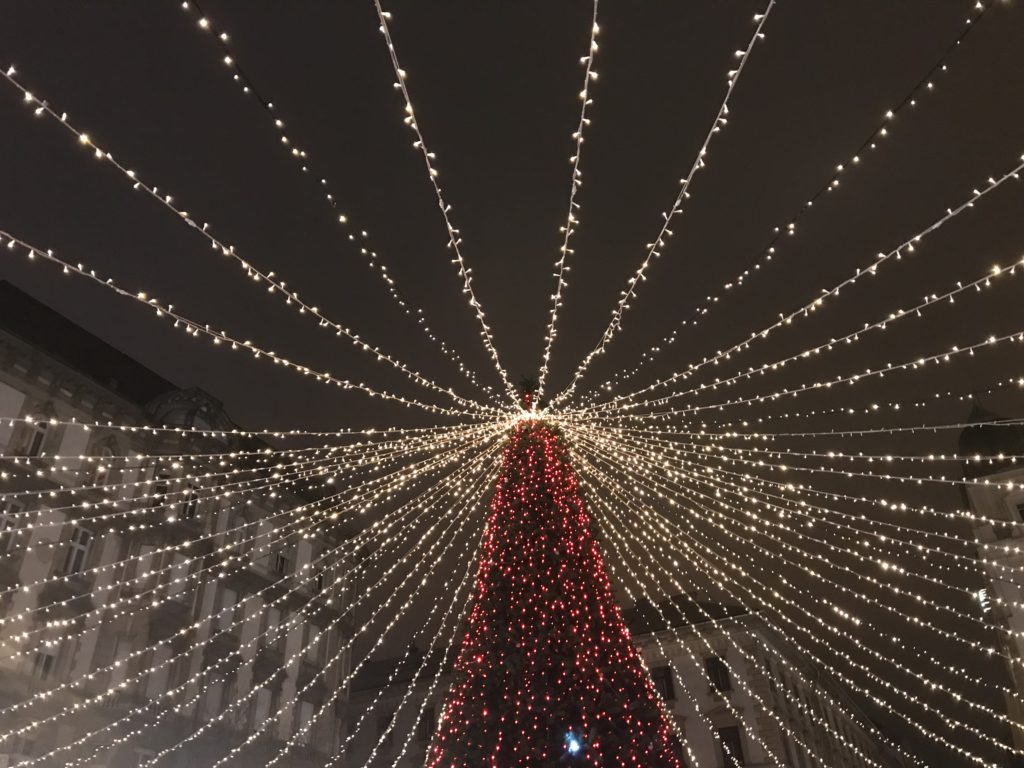

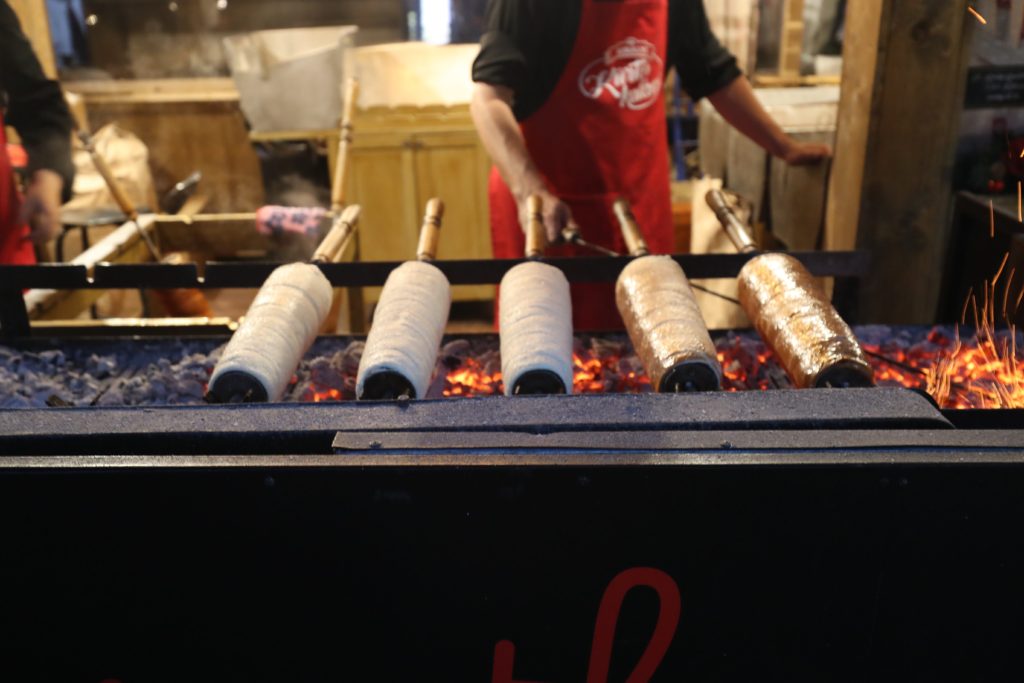
I’m very fortunate to have special requests all the time to customize Budapest tours according to my travellers’ preferences. Today we had the chance to visit the Pálvölgyi caves, which is actually the longest cave in Budapest. The visit is about 60 minutes and you can see different stone formations, unique dripstones and prints of primeval shells.
Another advantage of hiking in the caves is that the temperature is constantly 11 degrees Celsius / 52 degrees Fahrenheit, so it’s relatively warm in the winter and pretty cool in the summer.
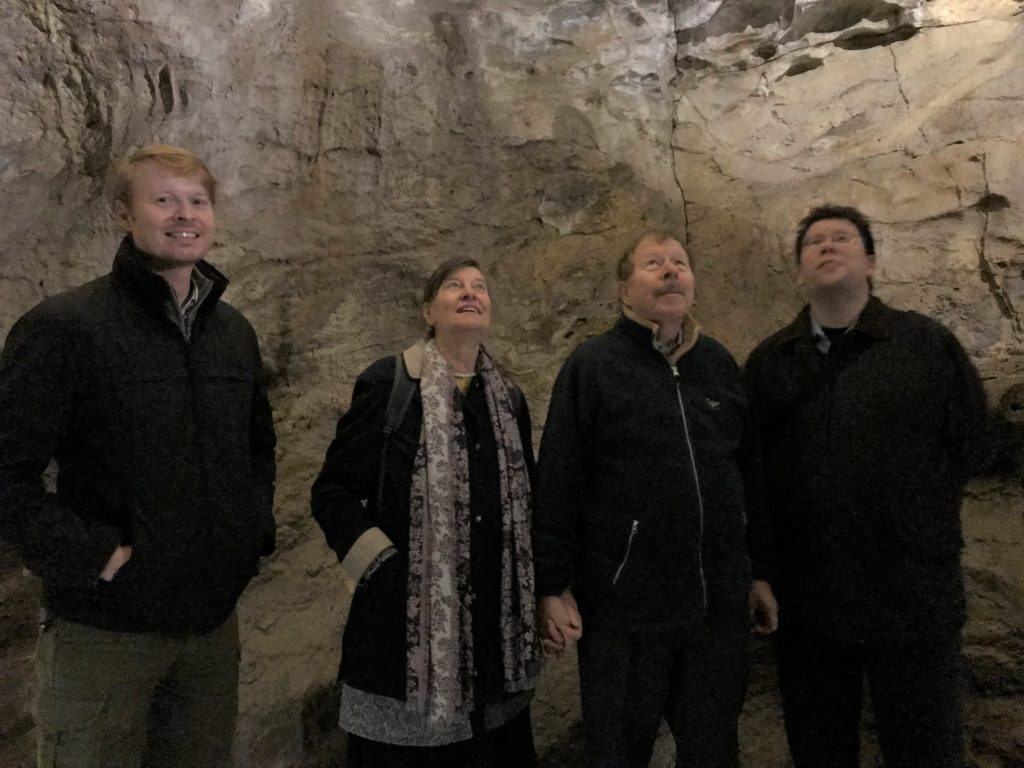

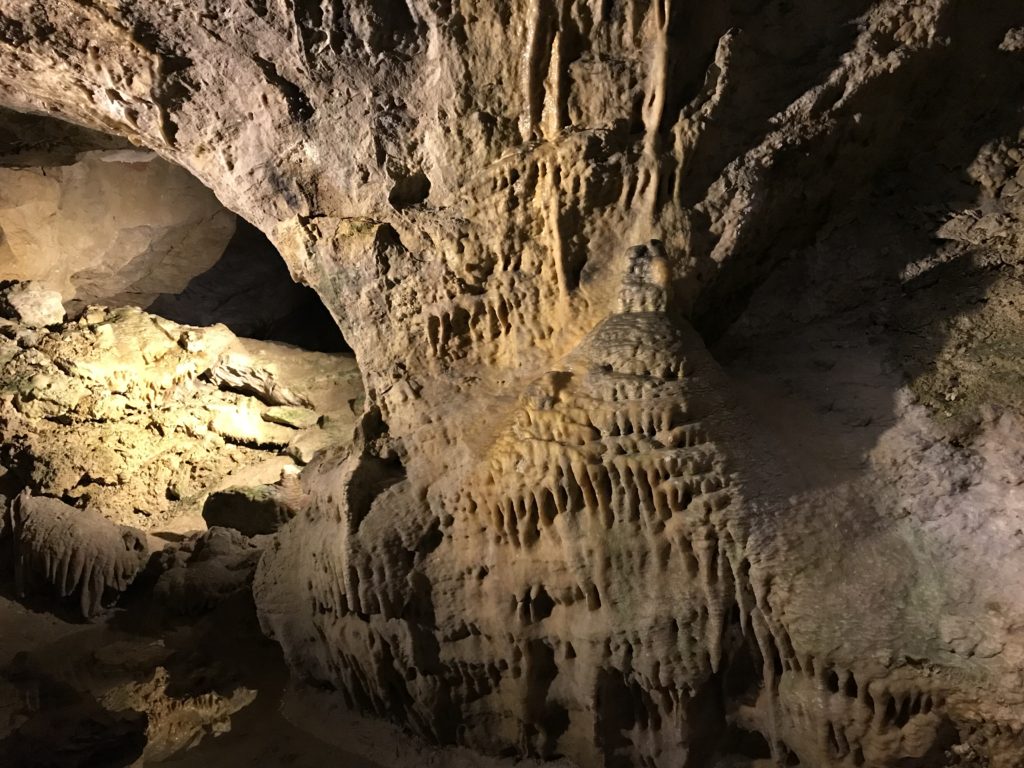
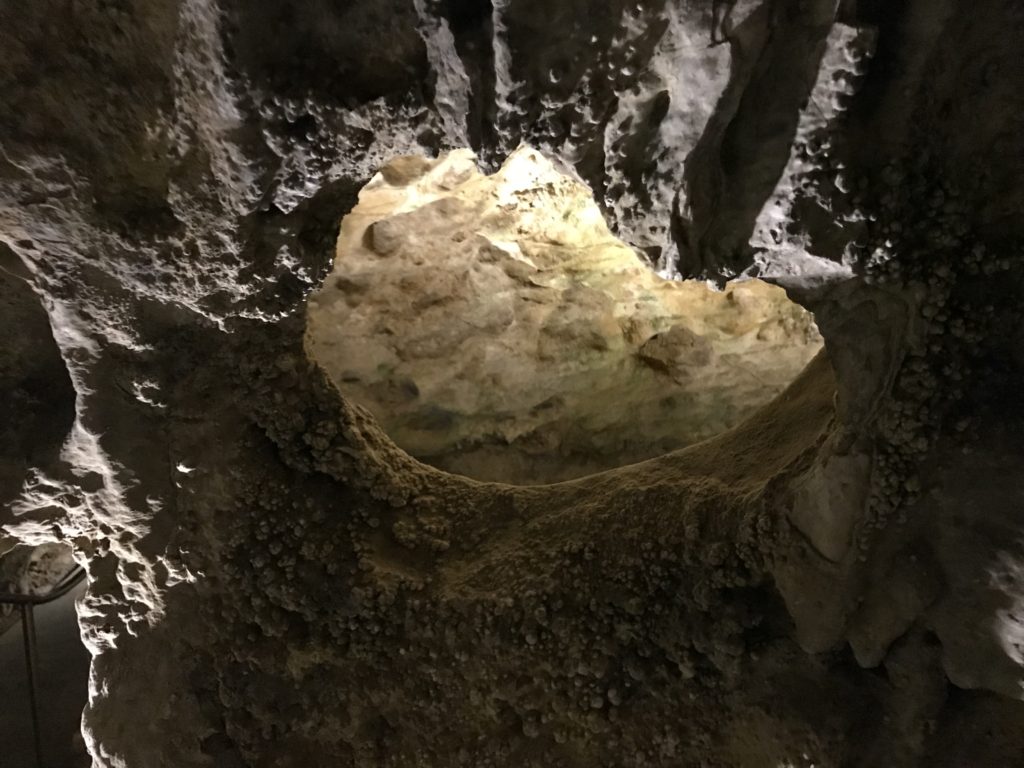
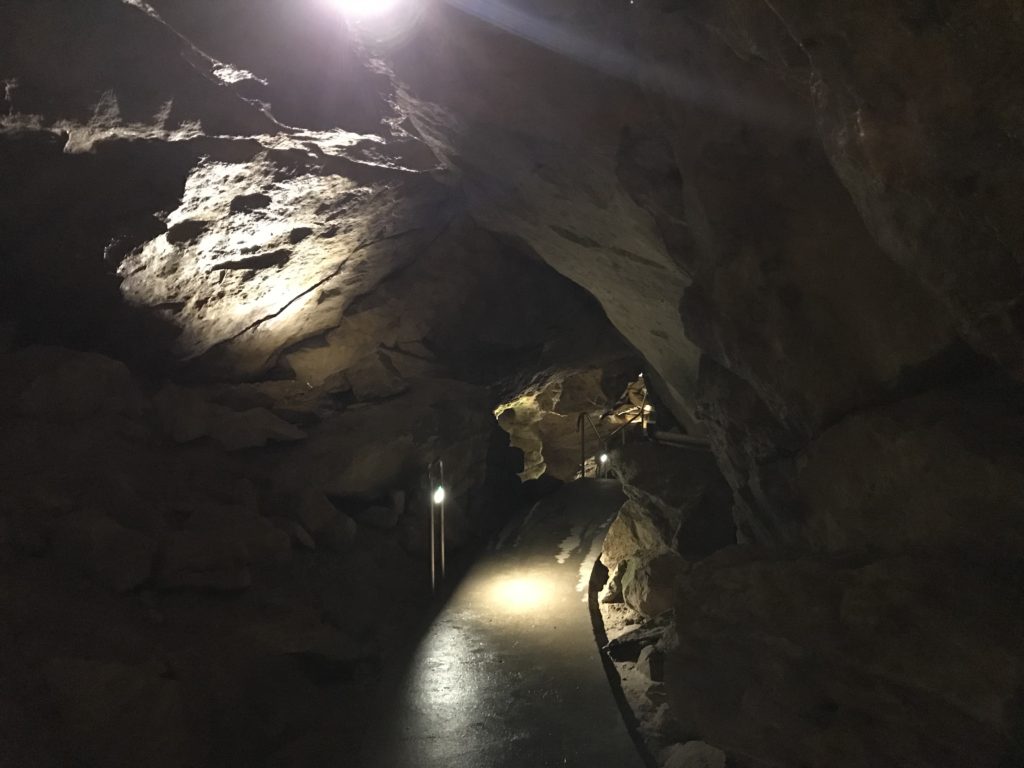

The fairytale castle-like lookout terrace built to replace the medieval town walls of Buda overlooks the Pest side and the Parliament building in particular. Famous of its panoramic views and the 7, richly ornate towers symbolizing the seven Hungarian tribes who conquered the actual territories of Hungary in 896.
Named after the Fishermen of Buda, who had the task to protect this segment of the town walls in the Middle Ages, it really is one of the most beautiful highlights of any Budapest driving or walking tour.
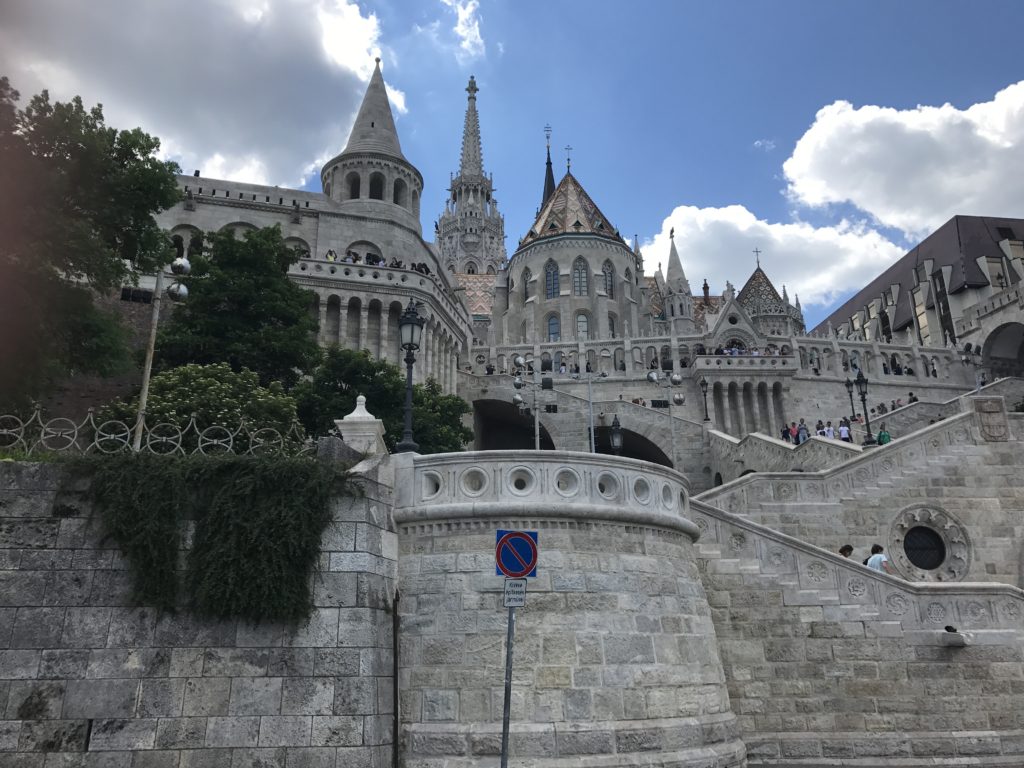
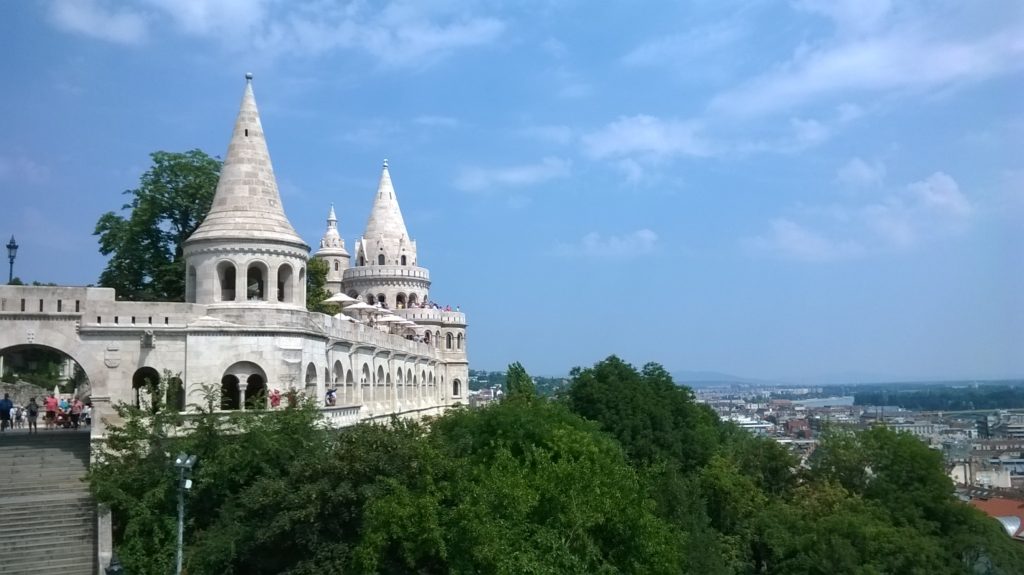
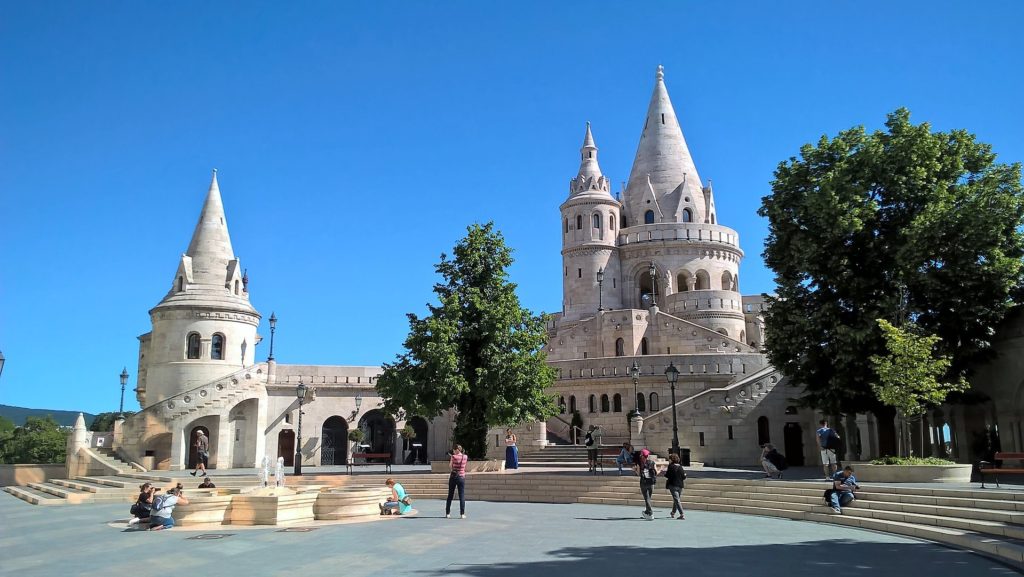
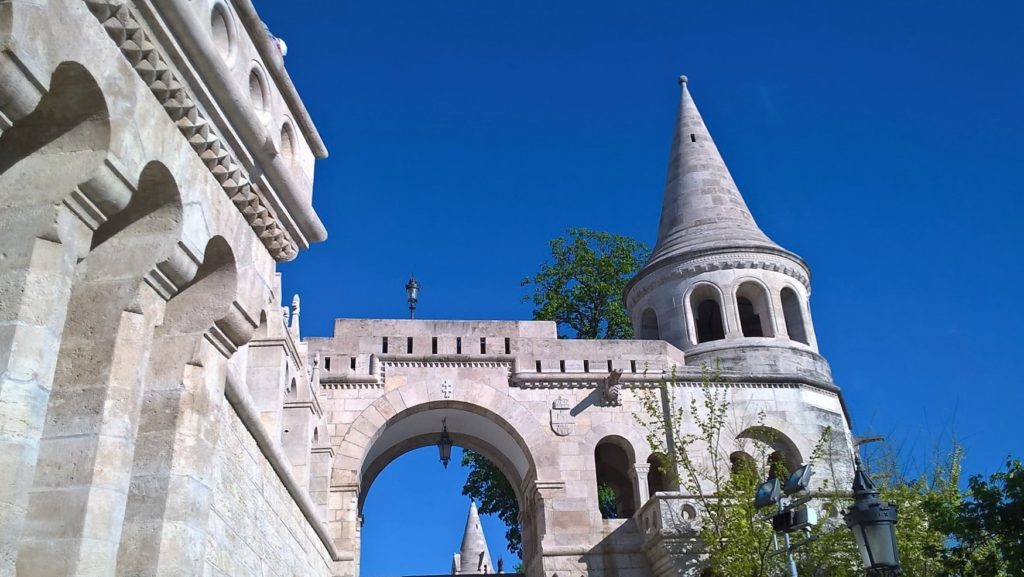

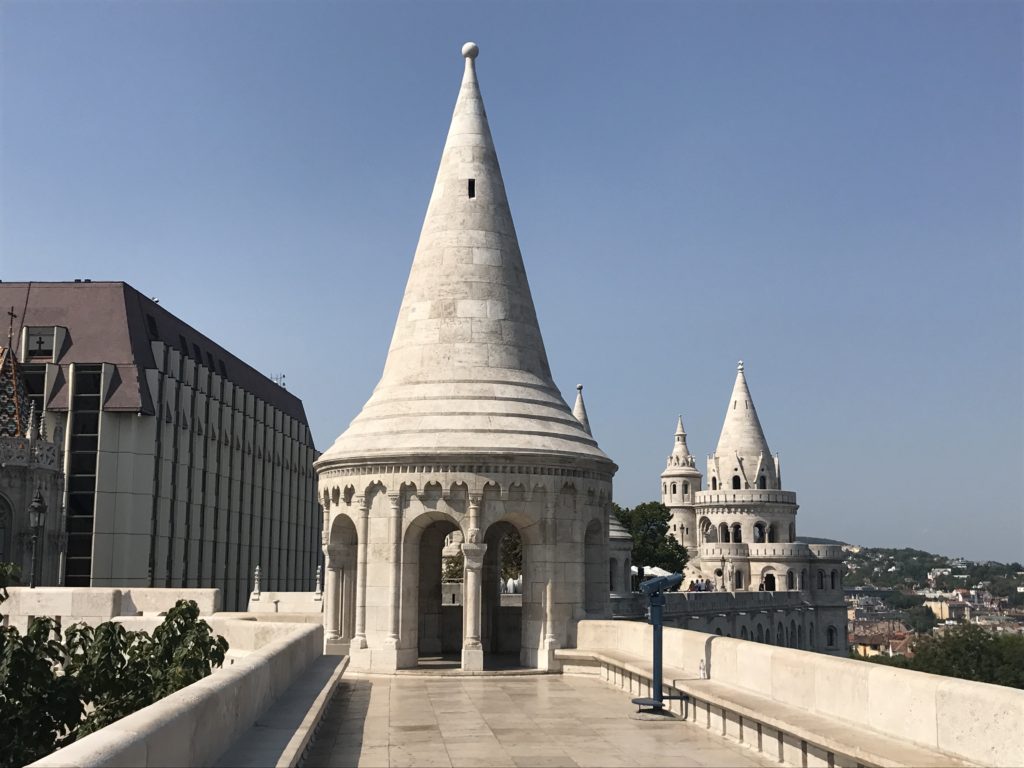
Chairlifting to the Elizabeth Tower on the top of St. John hill in Buda is always a special experience. However, it’s even more special in autumn, as you can see the beautiful colours all around you and of course can also enjoy the magnificent view over the city from the top of our beautiful Budapest.

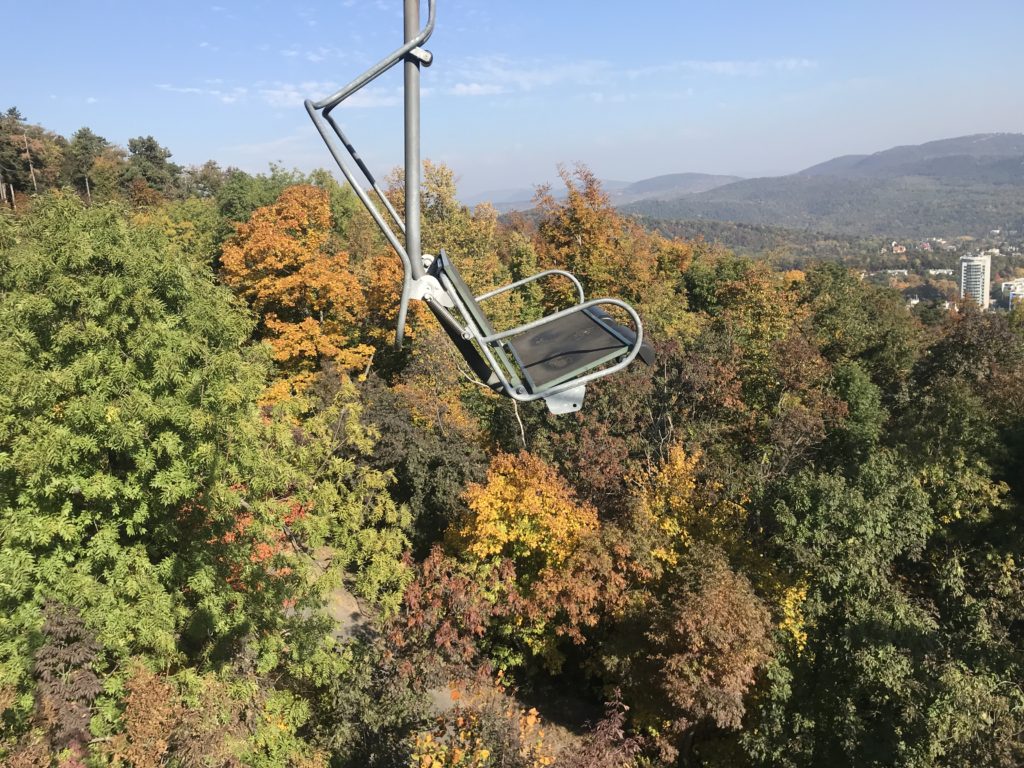
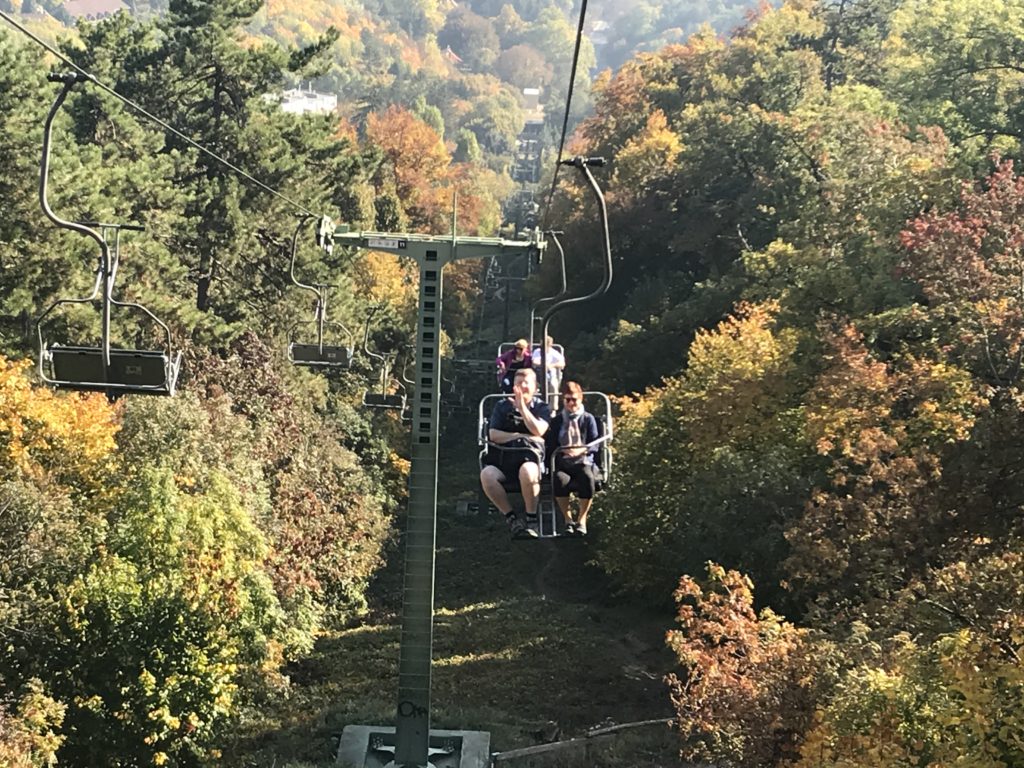

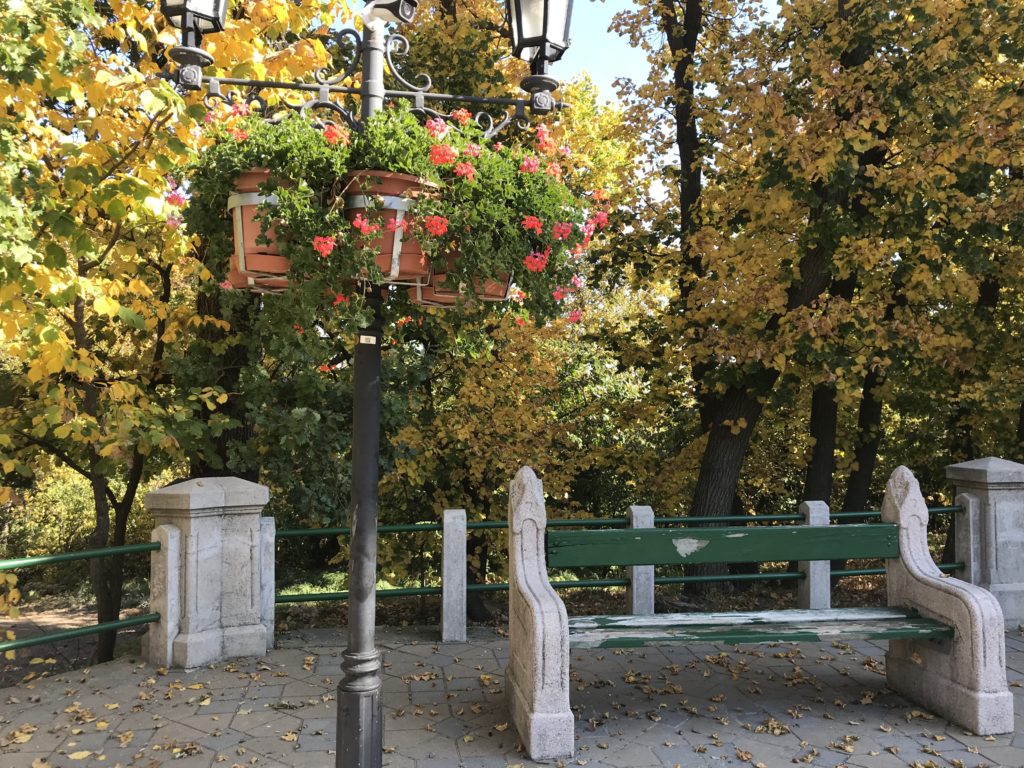
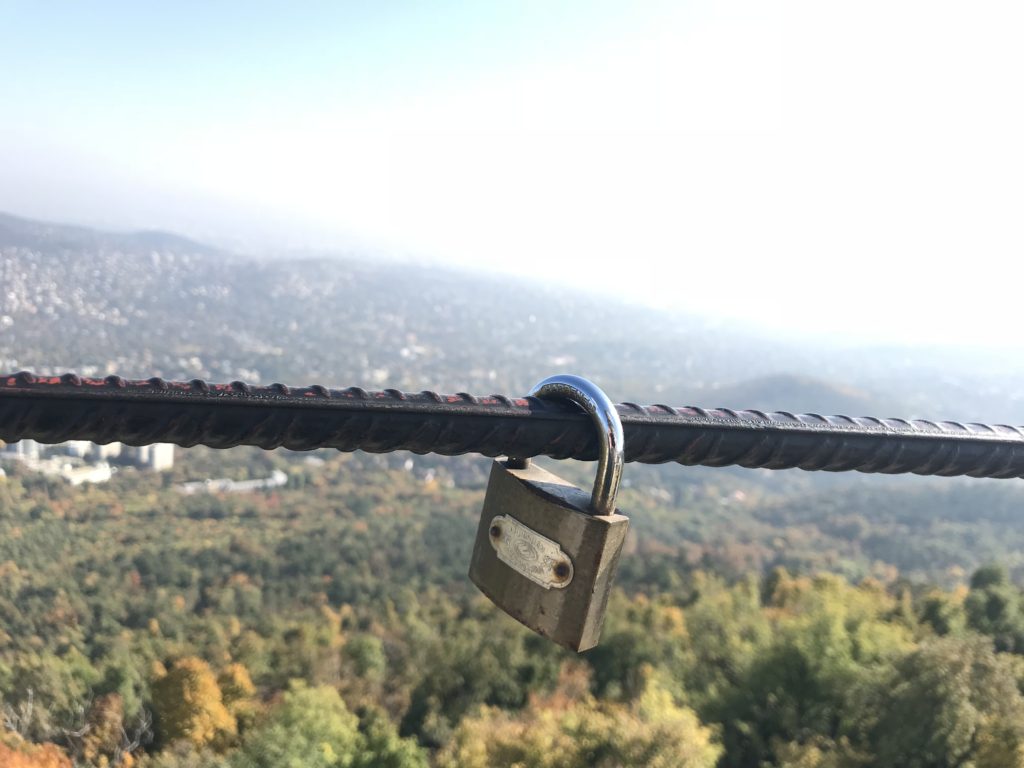
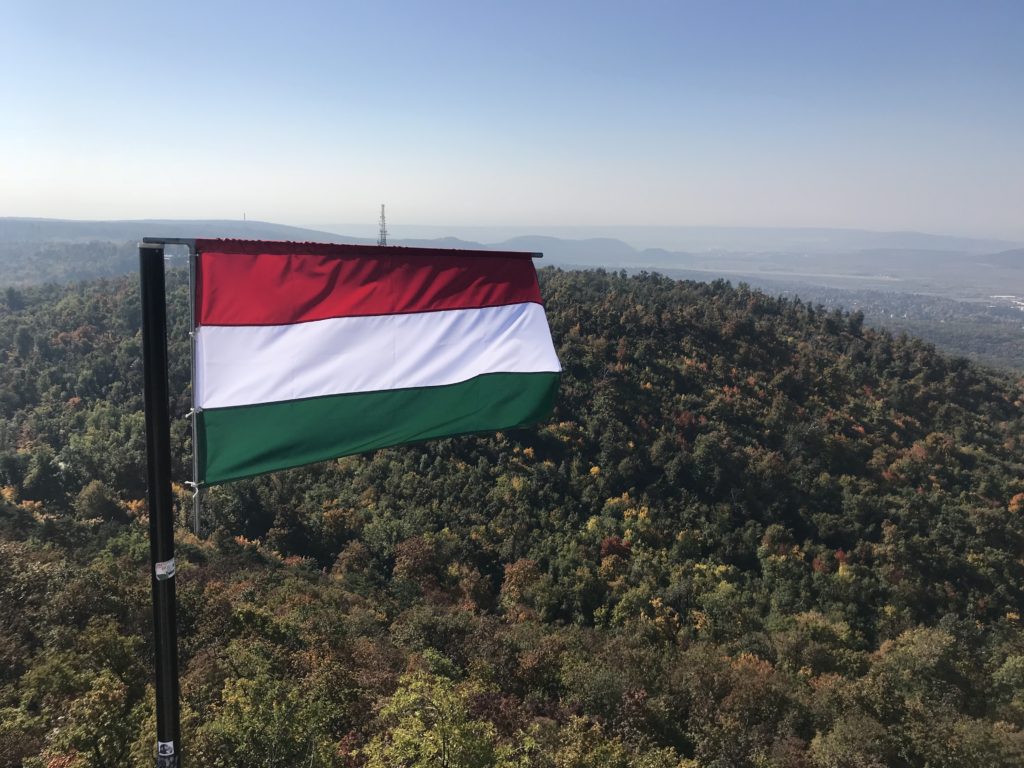

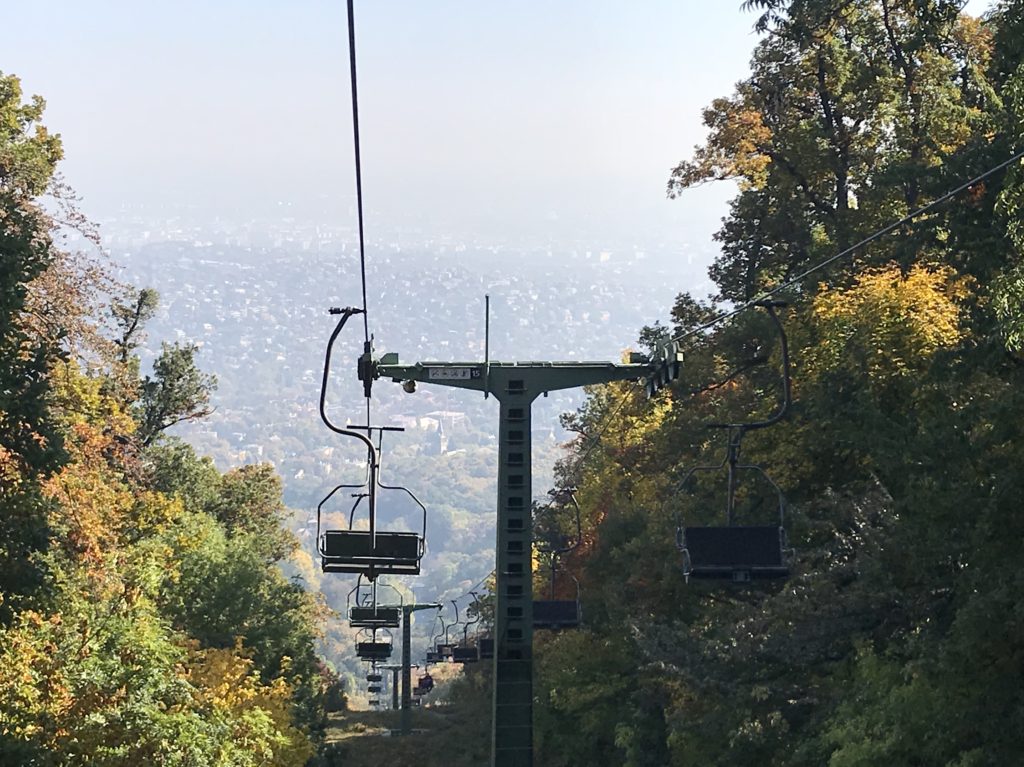
We had a quite unusual and rather special Foodie Tour this weekend with my travellers. Instead of visiting several markets and shops in the city we focused on the Pig Slaughtering Festival held on this beautiful and sunny weekend in Budapest.
I can’t tell you how much we were overwhelmed with all the sausages and meat, the amazing smells and flavours. We tasted so many different things that in 4 hours I ate just as mush as I usually do in a week.
I’m very proud of all our meat products and what I can recommend you the most is to try mangalica sausage, which is probably the best of the best.


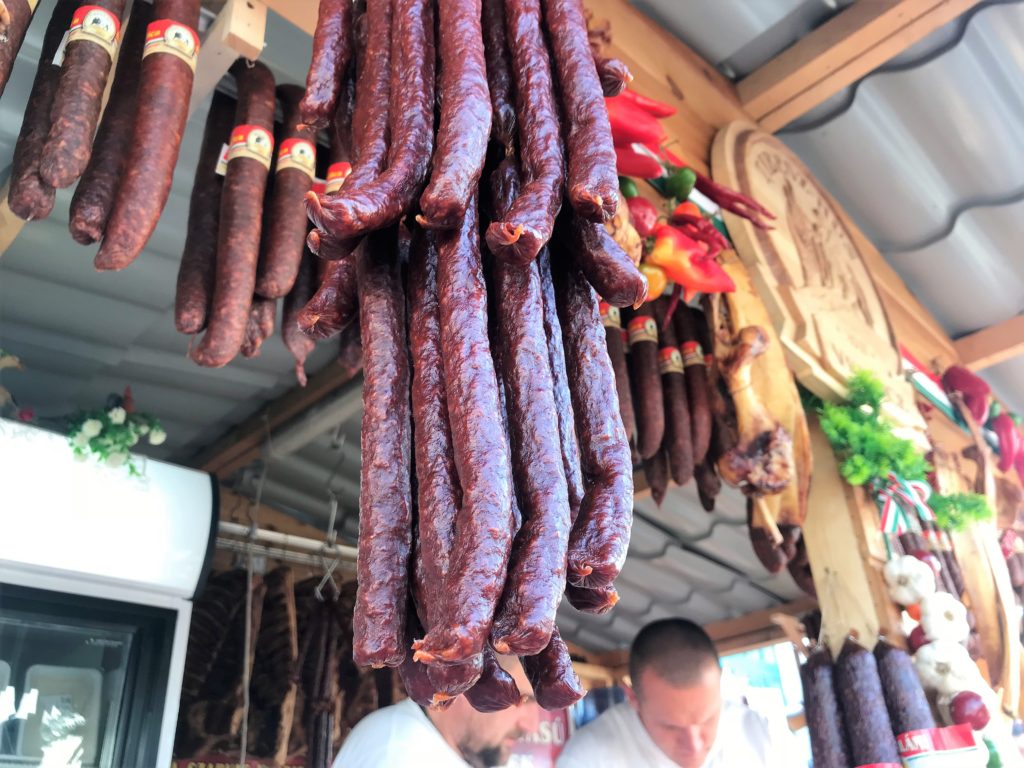
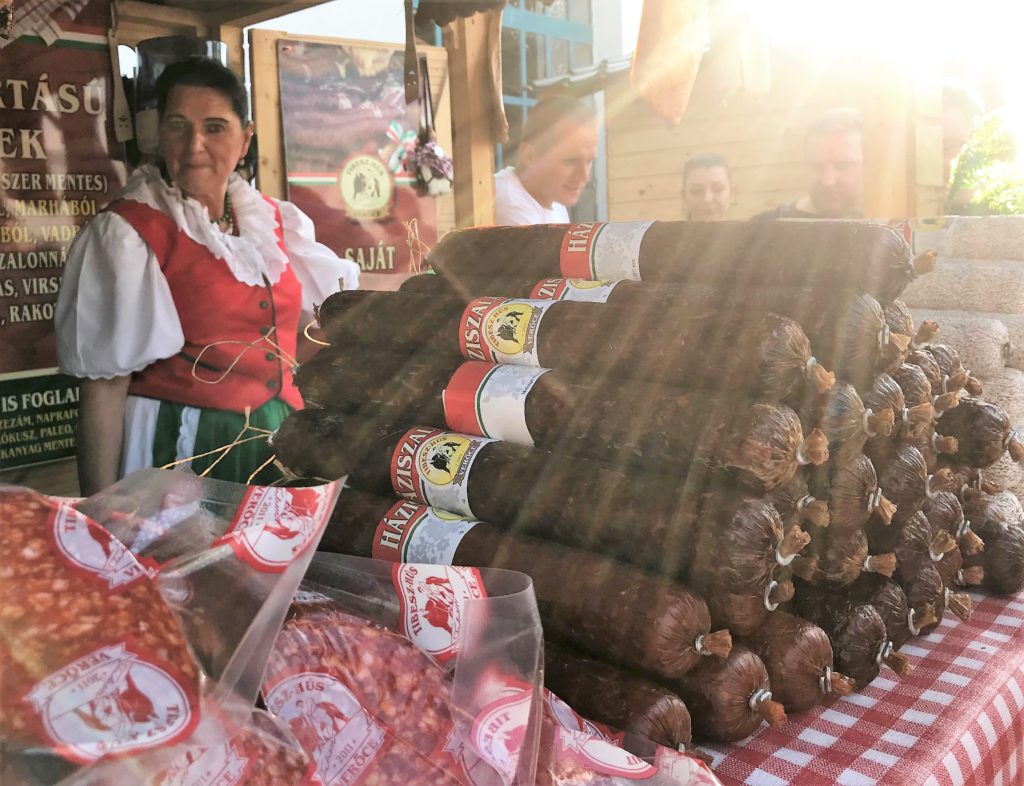

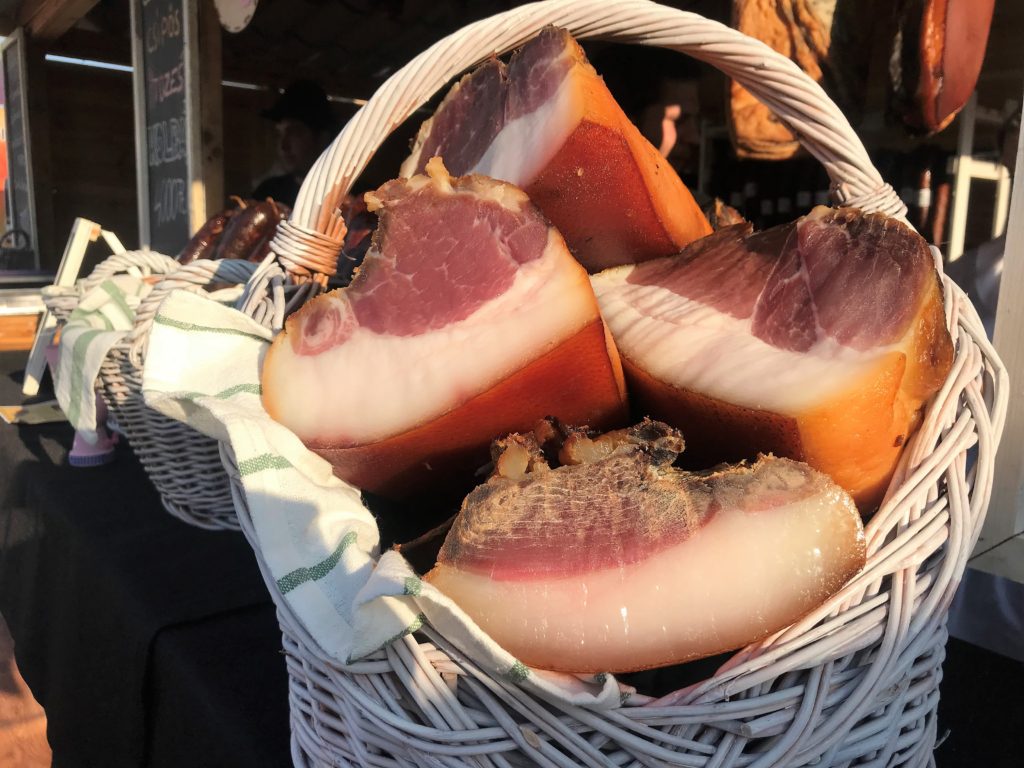
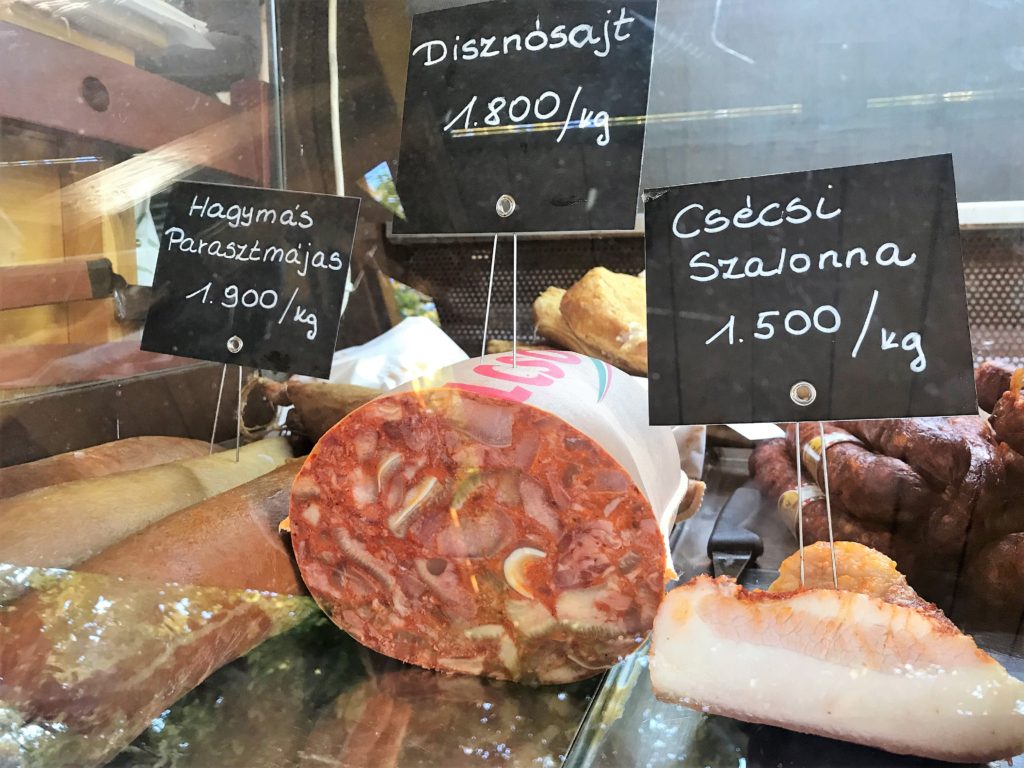
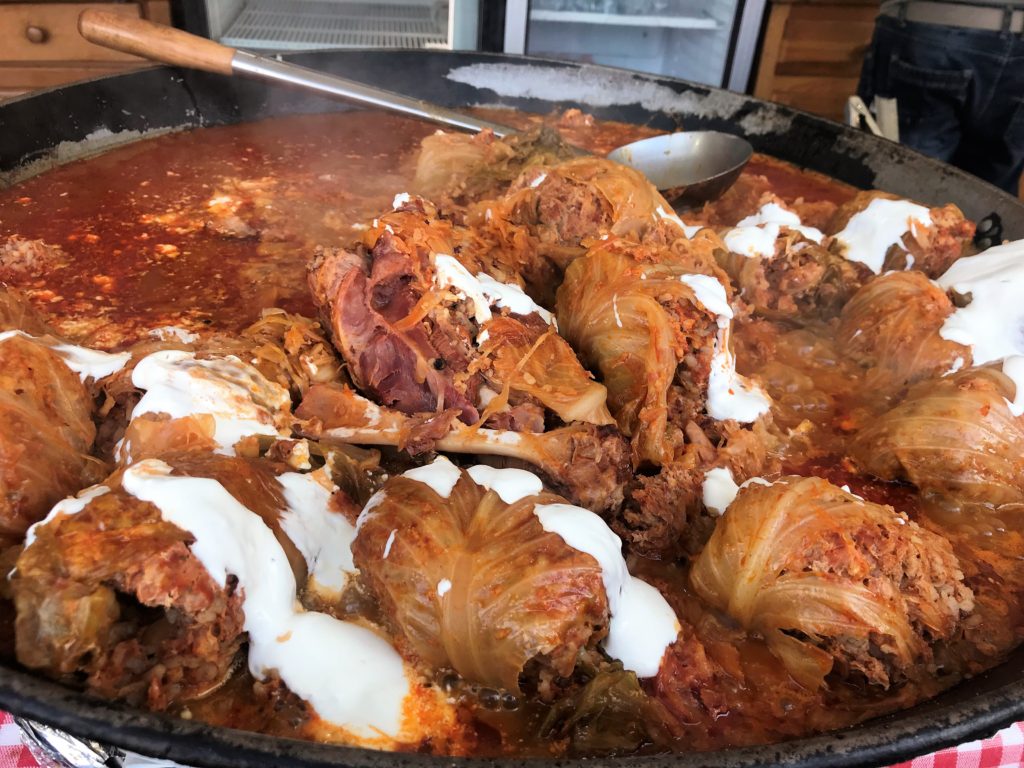

I woke up early this morning and witnessed a most unique moment: the sun rising up over the beautiful buildings of Pest. It was just a few seconds but made my entire day.
Tip: the best location in Budapest to watch sunrise is the top of the Fisherman’s Bastion (I took the video and the picture from there) or the top of Gellért hill.
It doesn’t belong neither to Buda nor to Pest, still, it’s one of the locals’ favorite hangout places in the heart of the city.
Named after St. Margaret, daughter of our great king Bela IV, Margaret Island is like our own Central Park, the green oasis of Budapest.
You can hire a special bike for up to 6 people or a small electric car to see the beautiful parks, botanical gardens, the small zoo or the ruins of the monastery where our princess lived and helped the poor and the sick throughout her life in the 13th century.
Don’t miss the musical fountain in the summer months, it’s such a cool experience! The islan is accessible from both the Margaret and Arpad bridges and I’d be happy to include the visit in our city tours or walking tours!
